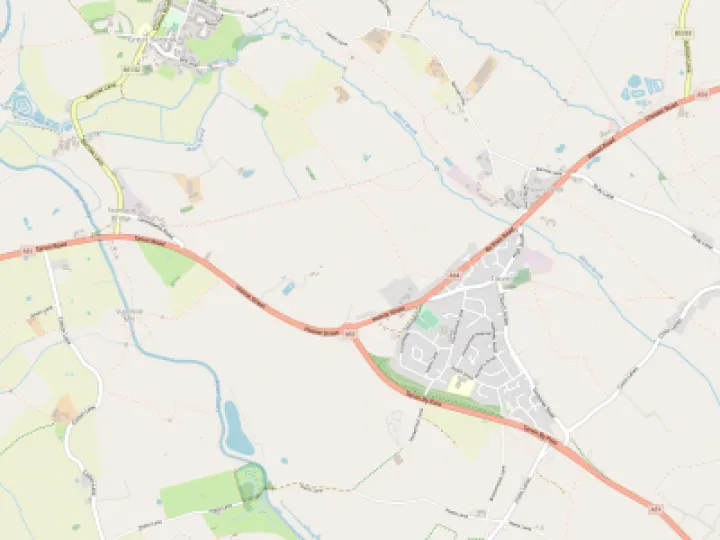Separation Anxiety in Dogs
Separation anxiety is a common issue displayed by our dogs and we want to provide you with tools and ways of helping ease their stress whilst they are left on their own. Separation anxiety can be displayed in many forms some of which are:
- Panting and salivation
- An increase in heart rate and breathing rate
- Pacing and increased activity (jumping at the door or windows for example)
- Destruction such as scratching at doors, chewing doorframes and furniture
- Barking, howling and whining excessively
The first 15 minutes after you have left your dog will be the most stressful for them; after that your dog may start to settle and will often lie on a piece of furniture that smells of you, or laundry, or may shred bedding and furniture to then create a 'circle of scent' around them. This makes them feel safe and secure.
To help your dog feel better about you leaving we have created a list of things that could assist them in feeling happier about you leaving.
1) Build up the time in which you leave your dog alone. Long periods of time alone is daunting and lonely for a dog and they need to become accustomed to it. Gradually build up the time your dog is separated from you even if that means using baby gates in the house whilst you are there to get them used to being away from you and used to entertaining themselves.
2) Create a cosy space for your dog, crates work brilliantly for this. Give them a comfy bed with fresh water and something to chew on (chewing calms your pooch down). Place something with your scent in your dog's bed; maybe an old t-shirt or a dirty pair of socks to help them feel as though you are with them.
3) Place the radio or TV on a low volume to keep your dog company as background noise. This will help cover up noise from outside such as traffic and even weather such as bad wind and thunderstorms.
4) Adaptil plug in diffusers release calming pheromones into the air and help your dog feel more relaxed.
5) Provide your dog with toys to play with whilst you are out, treat dispenser/snuffle mat types are ideal. If your dog is likely to chew and eat toys, choose carefully what you leave them with.
6) De-sensitise your dog to all of the key signs you are leaving (keys, putting on a coat, putting on shoes, picking up your bag). If this becomes a regular occurrence your dog wont stress out as these actions take place.
7) Don't make a big deal out of leaving your dog. Sounds harsh but the more stressed you are about leaving them the more stressed they will become as you leave. Likewise, don't make a big fuss when you return, quietly and calmly enter the house and wait until your dog is calm before making a fuss of them.
We all know dogs don't like being left for long periods of time but we there will inevitably be times where we need to leave our dogs home alone. Hopefully, if we follow the advice above, leaving our dogs at home can be stress free for both them and us.
Quick Links
Get In Touch
TarvinOnline is powered by our active community.
Please send us your news and views.






